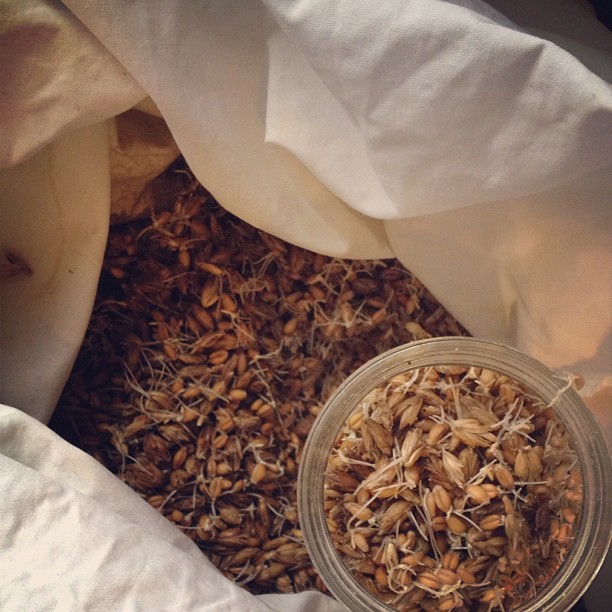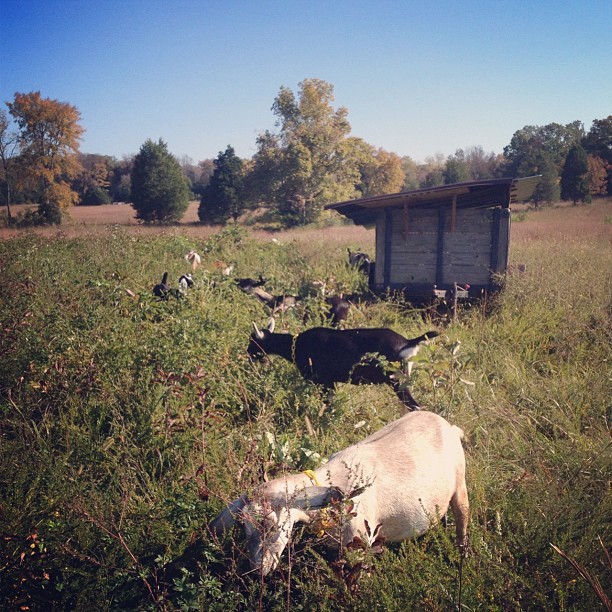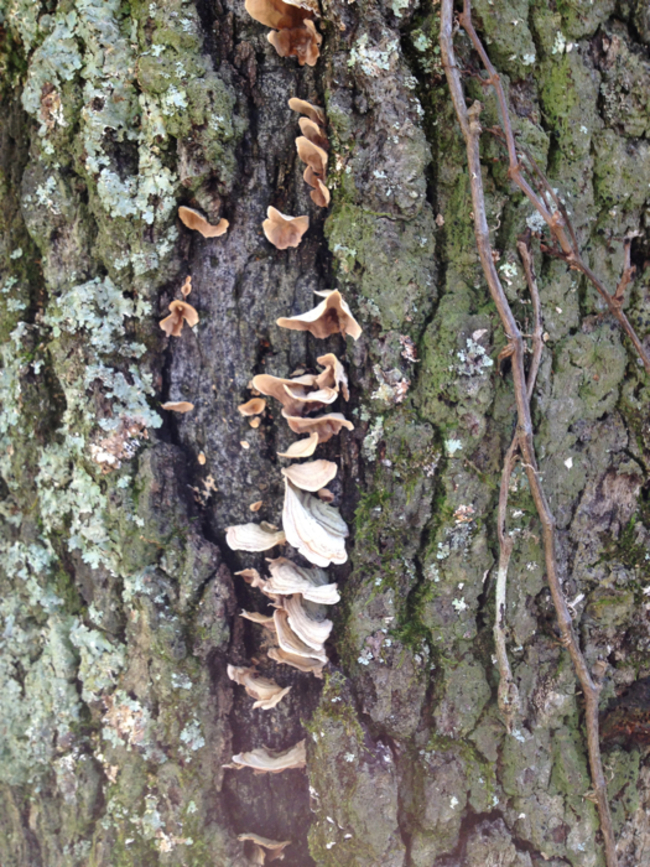 sprouted spelt and wheatAs I bet you can tell, Scrapple and I aren't necessarily about doing things the easy way. We've set out down this path to do them the right way, or at least the way we believe that to be. This mindset led us to rotational grazing, which, while being a bit on the labor intensive side, has the overwhelming benefits of providing our herd with a variety of fresh, nutrient dense, forages daily and enhances the land with the amazing fertilizing feature of our four legged friends.
sprouted spelt and wheatAs I bet you can tell, Scrapple and I aren't necessarily about doing things the easy way. We've set out down this path to do them the right way, or at least the way we believe that to be. This mindset led us to rotational grazing, which, while being a bit on the labor intensive side, has the overwhelming benefits of providing our herd with a variety of fresh, nutrient dense, forages daily and enhances the land with the amazing fertilizing feature of our four legged friends.
We've strived to give our herd the best care possible, while at the same time allowing them to be goats and so far they seem to thank us by not only staying happy and healthy, but also giving us some amazingly delicious milk!
 "nom nom nom"Along with the around-the-clock grazing, we give our milking goats (when they're in milk) a bit of grain when they're on the milking stand twice a day to supplement their diet. In keeping with our values and practices, we had hoped to feed organic but, unfortunately, none of our local suppliers carry an organic goat feed. We went with the next best thing, local, while hoping that eventually someone would start carrying organic/non-gmo
"nom nom nom"Along with the around-the-clock grazing, we give our milking goats (when they're in milk) a bit of grain when they're on the milking stand twice a day to supplement their diet. In keeping with our values and practices, we had hoped to feed organic but, unfortunately, none of our local suppliers carry an organic goat feed. We went with the next best thing, local, while hoping that eventually someone would start carrying organic/non-gmo



